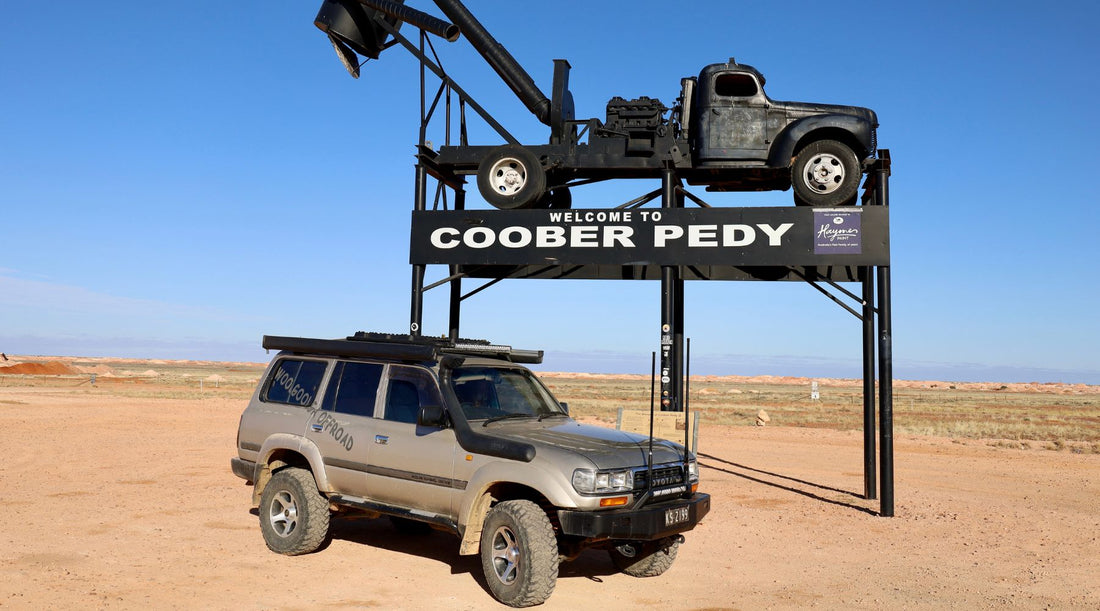Words and pics by Kev Smith - Woolgoolga Offroad - North Storm® Ambassador
The Impact of Weather on Travel Plans
It’s funny how the weather can affect things while travelling.
Either the best laid plans get thrown out the window and you’ll head home, or simply change the plans like in our case.
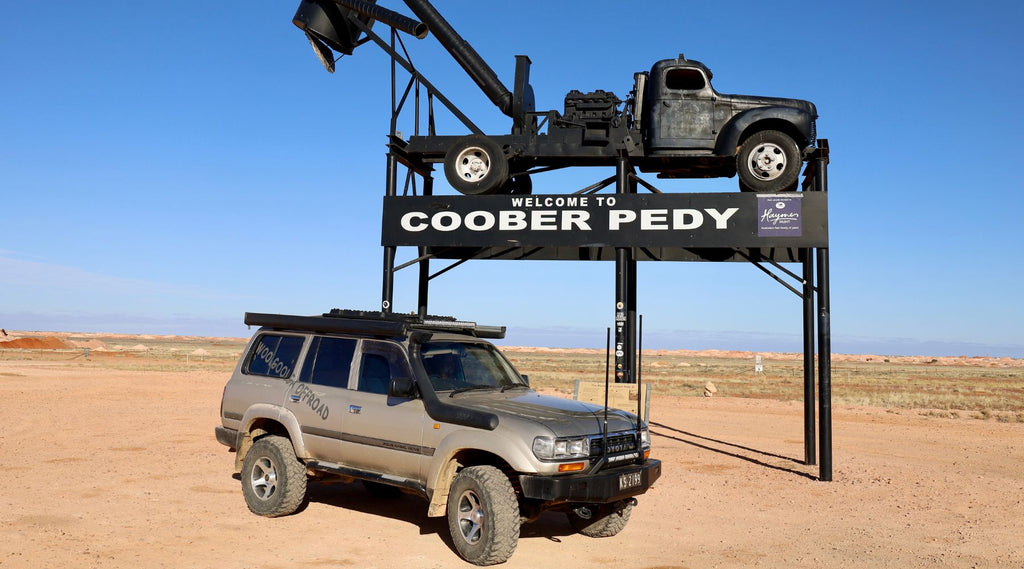
Discovering Coober Pedy
Our base to explore was the unique outback town of Coober Pedy in South Australia.
Known as Australia’s opal mining capital with underground buildings, a landscape full of mole hills and mines.
It needs to be visited at least once on anybody’s travels.
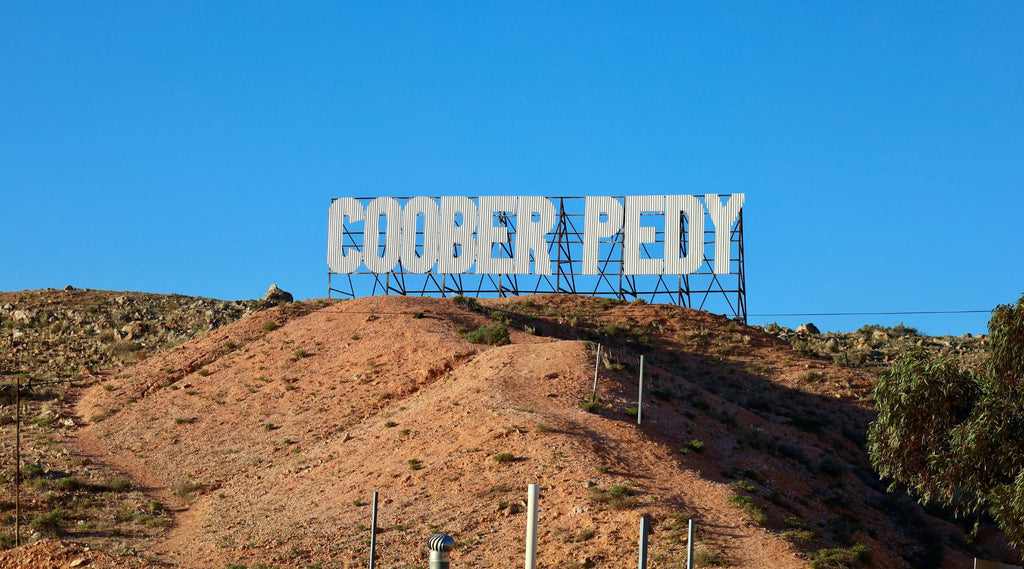
A Glimpse into History
History states that about 150 million years ago inland Australia was covered by a vast ocean.
When it started to dry up the water and silica (commonly called crystalline Silica, also referred to as quartz, is a common mineral, found in soil, sand, granite, concrete, rock, etc) seeped into cracks and the earth's faults.
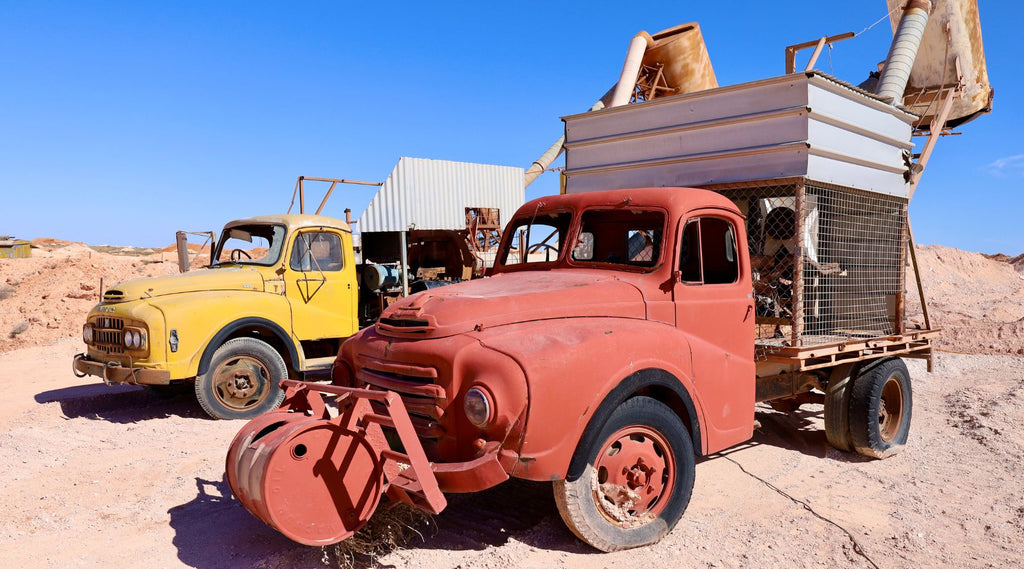
Basically over time chemical reactions happened and opals were formed, and in 1915 the first opals were found by Willie Hutchinson.
With nearby mines the Coober Pedy area produces 85% of the world's stunning opal supplies, and they say if you can't find colour here you're not looking.
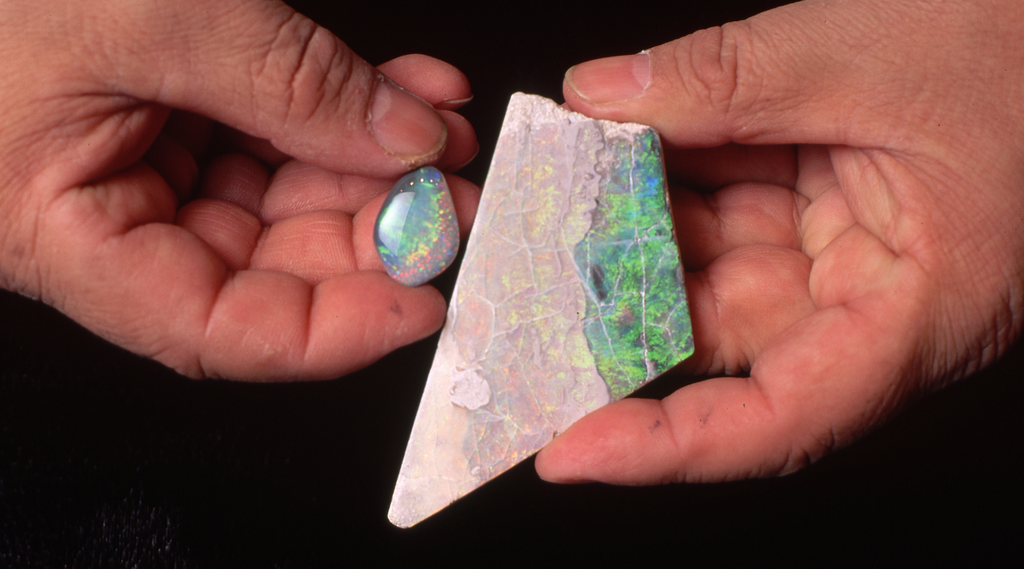
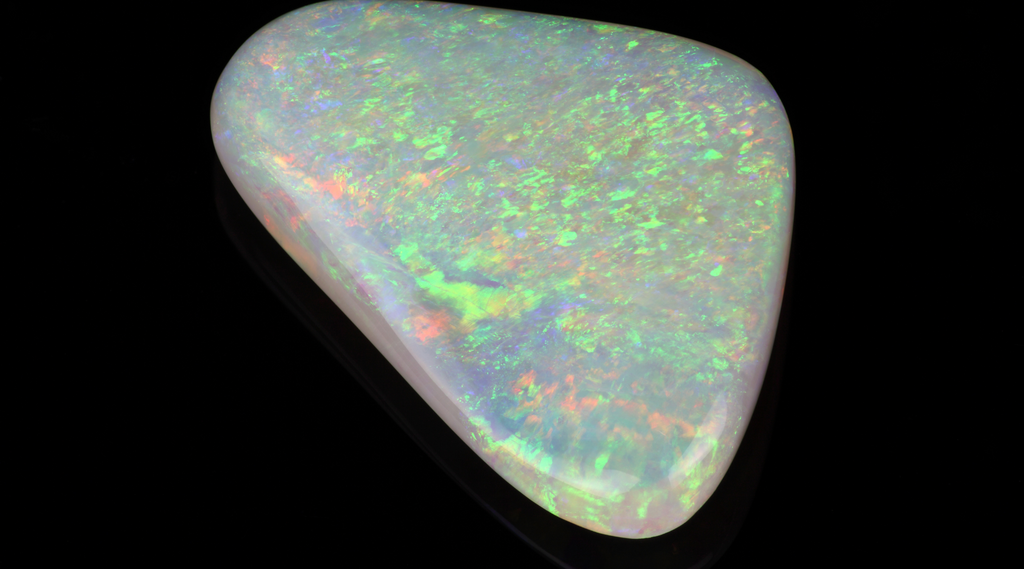
The Birth of a Mining Town
The word got out and a year later miners rushed to the area with a town being established.
Now it's a busy place with plenty of opportunities to explore the dugouts and mines.
Todays records state that there's about 260,000 shafts across the landscape.
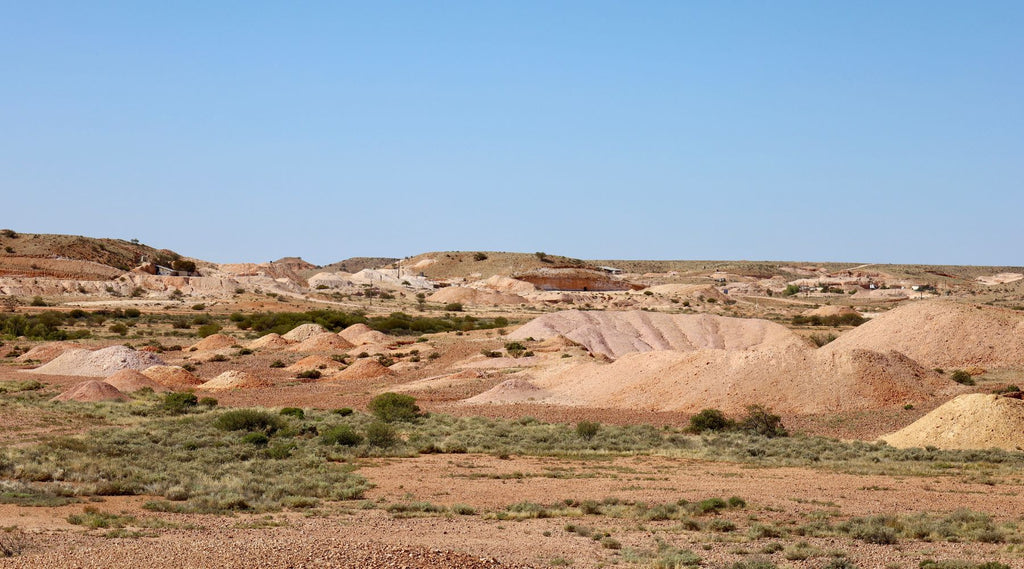
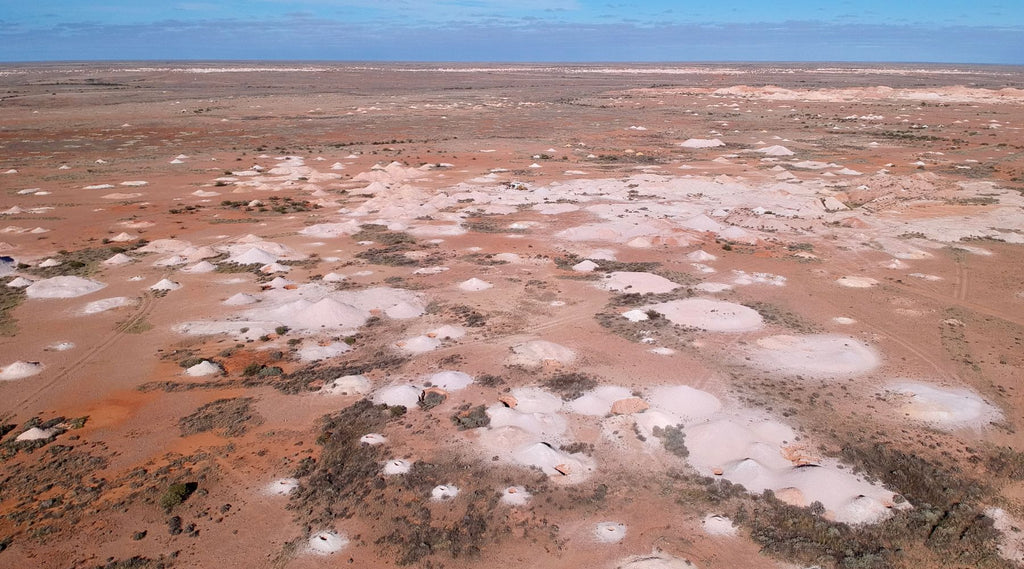
Insights from Tom’s Mine Tours
We asked the question - why can't the old mine shafts be filled in?….
Well, coming from old Tom at Tom’s Mine Tours, he said that they could but if the miners were to cut into an old mine all of the soft and unstable dirt would flow into the new mine like water and possibly kill the miner.
Which all makes sense when you do one of Tom’s tours underground.

He is the second owner of this working mine operation where he delves deep into all things opal and the culture surrounding it.
He takes you through a maze of tunnels, shows you raw opal colour still in the hard mother rock, tools of the trade and if you're lucky he will let you have a go of some of the gear (under supervision of course).
No question is too hard for old Tom, whether the answers are true or not is a different story.
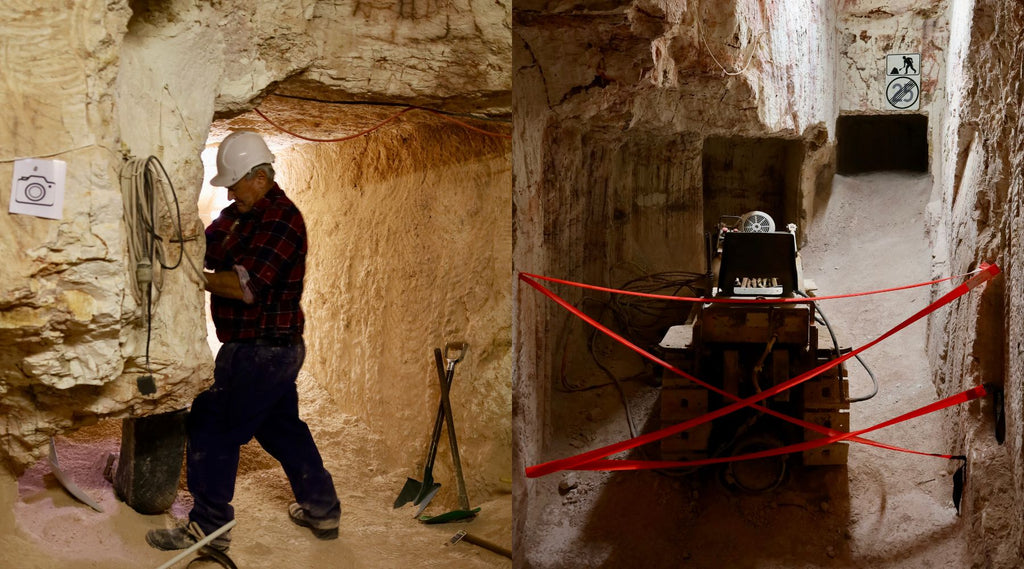
Life in Coober Pedy
Around 50% of the townsfolk live underground due to the extreme temperatures in summer, and interesting enough there’s over 40 different nationalities making up the population.
Today multi-culture is still alive in town but according to locals not what it used to be.

Tourist Attractions and Local Life
The town has the usual quirky tourist attractions with plenty of opal shops, there's a grassless golf course, mine tours, an underground church and motels.
Plus if you're a tent camper you can set it up underground at Ruby’s caravan park.

The Town’s Name and Water Supply
The town was originally named Stuart Range but this was officially changed to Coober Pedy by the Mining Association in 1922.
It’s thought that the Coober Pedy meaning is what the local Aboriginals saw as strange activity of 'white men down holes’.

With low rainfall the town pumps water from 25 km away from a deep artesian bore after failed attempts by the government to establish several local water sources.
The first program was to build a 2 million litre tank underground but was deemed unreliable.
In 1967 a de-sal plant was built to treat salty water pumped from 100m below the surface but it didn’t produce enough water for the town.

Exploring Beyond Coober Pedy
Coober Pedy has the Stuart Highway running through it but it also has opportunities to explore the desert regions to the east towards the infamous Oodnadatta Track.
Our plan was to head up the Kempe Road towards Oodnadatta.
But we'll save that story for next time!
Thanks for reading.


